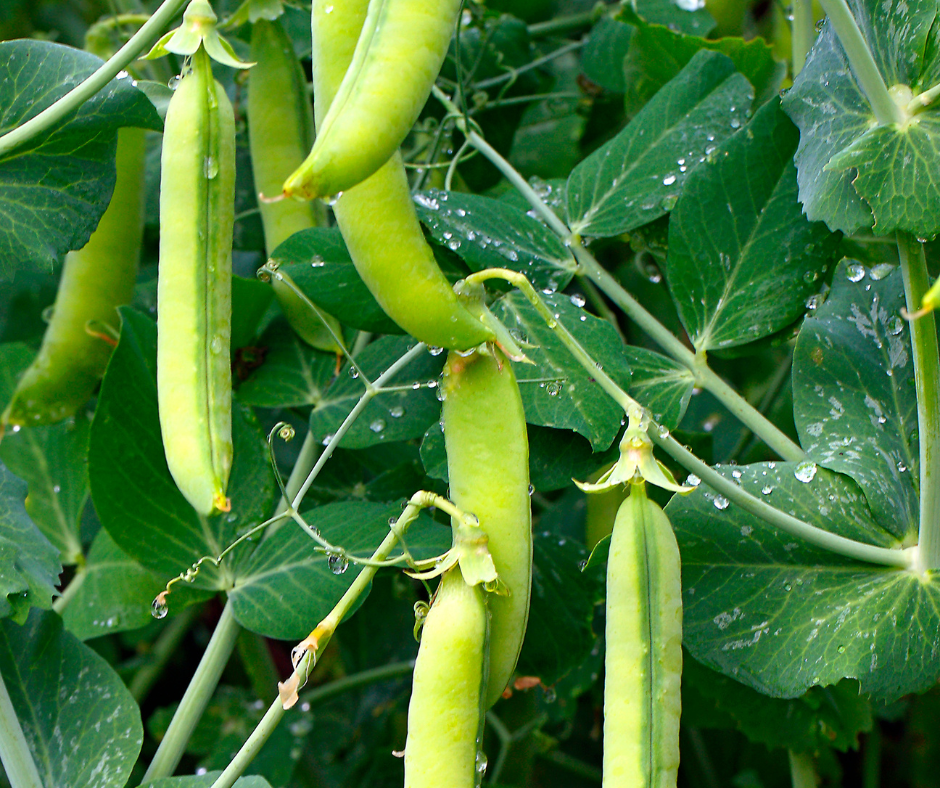Let us Sow, Let us Sow … direct sow seeds

When you see a package of lima beans in the store, what memory does it conjure up for you? Maybe a food memory, but I hope for at least some of you, it is the childhood memory of a teacher, 4-H leader or scout master, giving you a lima bean that was soaked in water for a time, and you had the opportunity to dissect it.
Seeds — nature’s perfect package.
Everything a seed-bearing plant needs (not talking spores here, we will leave that for another day), to become a copy of its parentage is in that hard-shelled little seed. When wide-eyed students pry open the lima bean like a little book, there it is the fat, long root-to-be, called the coleoptile, and if you look really closely, there are the two seed leaves, the cotyledons, all ready to go. The rest of the mass of the seed is the sack lunch to provide energy for the plant to do the herculean task of germinating.
Given this prepackaged gift from Mother Nature, many gardeners still struggle with direct sowing of seeds in the garden or flowerbed. All you need are a few basic tips to make direct sowing easy and successful. And let’s face it, direct sowing is the laziest, um I mean easiest, one-step way to plant. No lights, no containers or potting mix. When done right, Mother Nature takes care of most of everything!
It is important to know which seeds are right for direct sowing? Some definitely are not. If we tried planting a tomato or a pepper as a seed directly in the soil in Northern Illinois, the plant would grow, but only if we waited to seed until the soil was warm enough. If we planted in cold, wet soil in early spring, the seeds would just rot.
Tomatoes, peppers and eggplant are part of the Solanaceae plant family (translated into regular language, that means sun loving). The other problem is if we tried to direct sow tomatoes, we would probably get our first tomato in September, and our harvest would be small.
But many vegetable seeds are suitable for direct sowing. Sure, you could buy almost any vegetable in seedling form today; I have to say I was somewhat taken aback when I started to see corn and bean seedlings for sale as transplants. Can you buy them? Sure. Will they do as well as direct-sown seeds? Probably not.
Transplanting, whether it is plants and people, can be stressful. When we direct sow seeds, they might not germinate as quickly as seeds started inside under the luxury of lights and in soilless potting mix, but their start, gives them character. When a seed germinates in our heavy clay soils (even if it is well amended) the root and shoot are having to tough it out to germinate. But for the long term, they know how to deal with the rugged environment from the day they are “born” (germinate).
Our job is to make it as easy for these seeds as possible by preparing the soil ahead of time and keeping soil moist, but not wet, so the seeds don’t have to fight that hard crust our soils can get after baking in the sun.
Some seeds prefer direct sowing. Their root systems don’t like being disturbed. These include, in particular, peas, beans, squash family — cucumbers, zucchini, melons, gourds, pumpkins, winter squash — and all of the root family vegetables like carrots, radishes, and beets.
For flowers, there are also several that prefer direct sowing instead of transplants. Flowers that have taproots in particular do not like to have their roots disturbed. Many actually don’t make it when they are transplanted. These flowers include poppies, hollyhocks and sweet peas. I often joke that these plants are tough to get started, but also tough to get rid of them since they are so strong rooted.
Even though it is important to prepare the seedbed and keep moisture even as the seeds begin to germinate, the number one reason direct sown seeds fail to germinate is planting too deeply. Seeds that are planted too deeply have to expend all their energy struggling through too thick of a layer of soil, and often don’t make it.
Remember, you have all the information you need for that seed, right on the seed envelope. Pay attention to that planting depth. Seeds in general should be planted as deep as they are thick. So big seeds like beans and peas, are usually planted one-inch deep. But for carrots, lettuce, and other seeds so small they look like dust, barely covering them is the right depth.
Direct sowing also has the challenge of sowing seeds too thickly. The solution is to thin the seedlings. But many gardeners lament that they don’t have the heart to pull the little seedlings, but if you don’t, you risk having your entire crop fail.
To avoid sowing too thickly, especially those super tiny seeds, just add a handful of soil to the seeds and shake them together. Now as you are sprinkling seeds, the soil will help to space out your seeds better.
